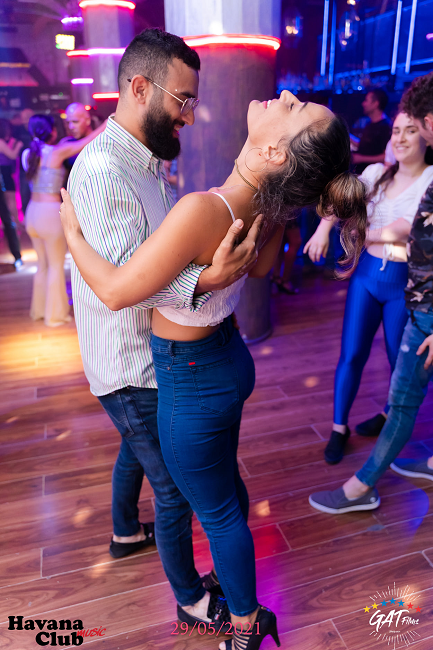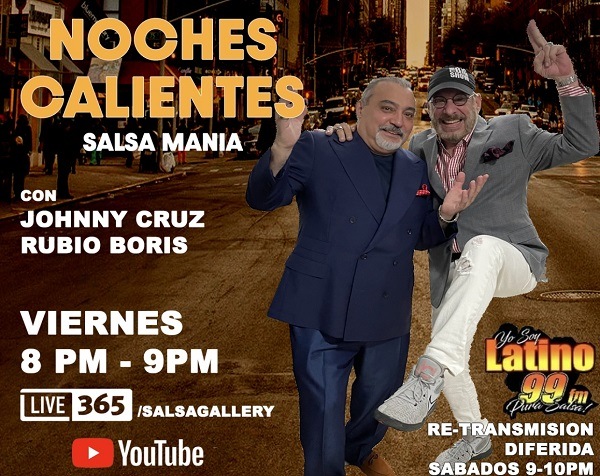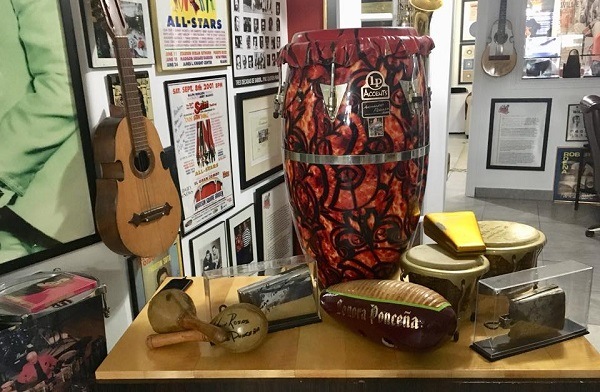We will tell you about five Salsa clubs to enjoy this summer in the Spanish capital
Discover the essence of nightlife in Madrid city with five incredible clubs to dance Salsa until dawn. We suggest that you plan your next dance date so that you can practice your Salsa skills and enjoy this social trend that is invading this summer.
Azúcar Salsa Disco

Azúcar is open on Fridays, Saturdays, and the eve of holidays from 11 PM to 6 AM
This Salsa and Bachata room is one of the most recognized and popular in Madrid. This place offers from Thursday to Saturday the most current Salsa hard on the American continent. Its doors open from 11 PM and in the first hour, the entrance for the ladies is free. Ticket prices range from €12 to €16, and parking is free for the first two hours. Classes run over these three days from 10 PM to 11 PM cost €9 and include a drink and entry to the social session. On Fridays and Saturdays, they close at 6 AM, while on Thursdays they close at 5:30 AM. Azúcar Salsa Disco https://azucarsalsadisco.com/ is located at Calle Atocha 107, 28012, Madrid, Spain.
The Host Club

The Host Club has an excellent lights set
It is one of the leading clubs on the Latin scene in the city of Madrid. It has excellent light and sound equipment, and has a capacity for 550 people. During the week they bring varied proposals with attractive sessions in the various Latin musical styles of the moment: Salsa, Bachata, Salsa Hip-Hop, Merengue, Kizomba, Afro-rumba, Tango, or Street Dance. So, get ready to dance with a wide Afro-Caribbean musical repertoire at The Host Club http://www.thehostclub.es/ .They are open from Tuesday to Saturday, and you can find it at Calle Ferraz nº 38, 28008, Madrid, Spain.
Sala Templo

Sala Templo has close and familiar attention
It is a space that offers joy, culture, and close attention. In each dance sesión, they have teachers and dancers who liven up the room and also help new clients to enter the world of Salsa, Bachata, Merengue, Cha Cha Cha, and Kizomba. Its Bailamos training program for students and teachers is directed by Fredy Bedoya and has dance professionals in constant updating, mirrors, and teaching material. Salsa (9 PM) and Bachata (8 PM) classes are one hour long, and the established days are Monday and Tuesday. Salsa Templo https://www.salatemplo.com/ is located at Bravo Murillo 52, 28003, Madrid, Spain.
Pincel

In Pincel you can also learn Ballroom Dance
It’s a club to dance Salsa and Bachata on Fridays and Saturdays. On Fridays, it is Bachata Night with an irresistible workshop with Ruth and Pablo (Dancers) at 11 PM and is followed by the social Bachata with Dj Chino in the booth. On Saturdays, it gets involved in a Salsa atmosphere from 11 PM with the Salsa class taught by Ivan and Sheila, then the social with DJ Pituelve in the booth. Pincel http://www.discotecapincel.es/ is located at Calle Doctor Raso, nº 1 (Húmera), 28223, Pozuelo de Alarcón, Spain.
Zeus

Zeus holds contests and travel raffles for the best salseros of the season
It is one of the most recommended rooms in the south of Madrid to go out and dance Cuban Salsa, Bachata, and Kizomba. Here, you can find authentic professional dancers of these Caribbean rhythms on 200 meters of the dance floor. Zeus has its dance school, and together with the MDD academy, they teach Salsa and Bachata classes from Monday to Thursday for all levels, and you can try the first class for free. The Zeus room https://www.facebook.com/zeusmostoles is located at Calle Bécquer, nº3, Móstoles, 28932.



































